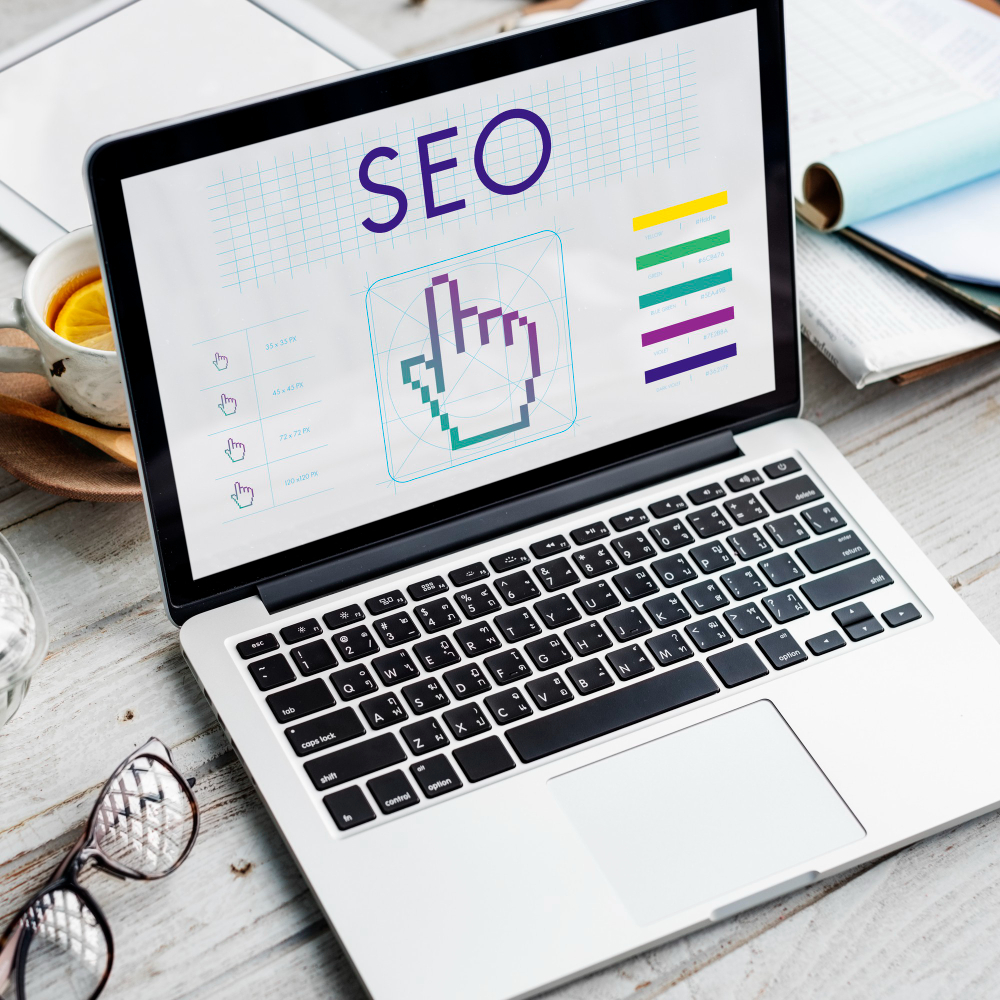

In the world of digital marketing, businesses often face a crucial decision: choosing whether to us on SEO or PPC advertising. Each has its own unique advantages, and understanding these can help maximize marketing efforts.
While this may look like a black-and-white choice, there are a lot of factors involved in making the best decision. There is no one-size-fits-all when it comes to digital advertising and the various strategies businesses may use.
What is SEO?
Search Engine Optimization (SEO) involves optimizing your website to rank higher in search engine results pages (SERPs). By enhancing various elements on your site, you can attract more organic (unpaid) traffic. Key components of SEO include keyword research, on-page optimization, and link building.
The Long Game
SEO is a strategy that emphasizes building sustainable traffic over time. Unlike PPC, where results can be immediate, SEO requires patience. However, the payoff is often worth it. Websites that rank highly in organic search results tend to be viewed as more credible and trustworthy by users. This trust can translate into higher engagement and conversion rates.
Cost Considerations
When it comes to costs, SEO typically involves an initial investment to get things up and running. This might include hiring experts, purchasing SEO tools, and creating high-quality content. After this initial phase, ongoing costs usually involve maintaining and updating your SEO efforts to keep up with changing algorithms and competitive landscapes.
Key Tactics
Several tactics can help you succeed with SEO:
1. Keyword Research: Identifying the right keywords that your target audience is searching for.
2. On-Page Optimization: Ensuring that your website’s content and structure are optimized for search engines. This includes meta tags, headings, and internal linking.
3. Content Creation: Producing high-quality, relevant content that addresses the needs of your audience.
4. Link Building: Acquiring backlinks from reputable websites to boost your site’s authority.
What is PPC Advertising?
Pay-Per-Click (PPC) advertising is a model where businesses pay a fee each time their ad is clicked. Essentially, it’s a way to buy visits to your site rather than earning them organically. Platforms like Google Ads and social media channels are popular for running PPC campaigns. These ads appear at the top of search results or within social media feeds, providing immediate visibility.
The Quick Win
One of the main advantages of PPC is its ability to deliver quick results. Once your campaign is set up and launched, your ads can start appearing almost instantly. This rapid visibility can be crucial for new product launches, time-sensitive promotions, or when immediate traffic is needed. PPC is highly targeted, allowing you to reach specific audiences based on demographics, interests, and search behavior.
Cost Dynamics
PPC costs can vary widely depending on the competitiveness of the keywords you are bidding on and the industry you are in. Here are some key cost considerations:
1. Cost-Per-Click (CPC): The amount you pay each time someone clicks on your ad. This can range from a few cents to several dollars per click, depending on the keyword’s competitiveness.
2. Cost-Per-Acquisition (CPA): The amount you pay to acquire a customer. This is influenced by your ad’s performance and the effectiveness of your landing pages.
3. Budget Flexibility: With PPC, you have control over your budget. You can set daily or monthly limits, pause campaigns when needed, and adjust spending based on performance.
PPC requires continuous management and optimization to ensure your ads perform well and your budget is used effectively. Tools like Google Analytics and the platform’s own reporting features provide valuable insights for making data-driven adjustments.
Effective PPC Strategies
To make the most out of your PPC campaigns, consider these strategies:
1. Keyword Bidding: Choose the right keywords to bid on, focusing on those with high relevance to your business and a good balance of cost and competition.
2. Ad Copy Creation: Craft compelling ad copy that grabs attention and encourages clicks. Highlight unique selling points and use strong calls to action.
3. Landing Page Optimization: Ensure the landing pages your ads direct to are optimized for conversions. This includes clear messaging, fast loading times, and an easy-to-navigate layout.
4. Budget Management: Monitor your spending closely and adjust bids and budgets based on campaign performance. Test different ad variations and strategies to see what works best.


